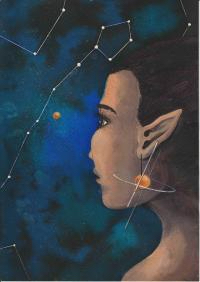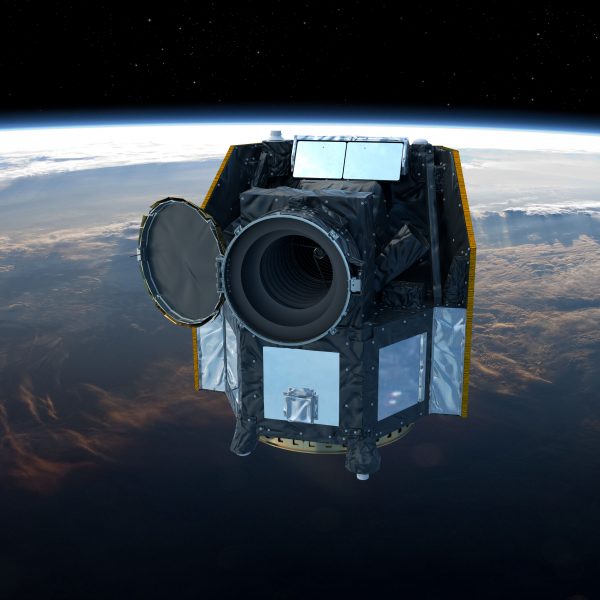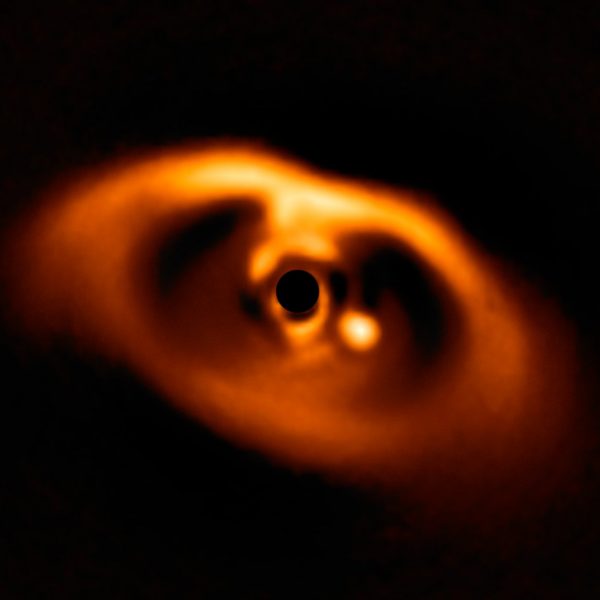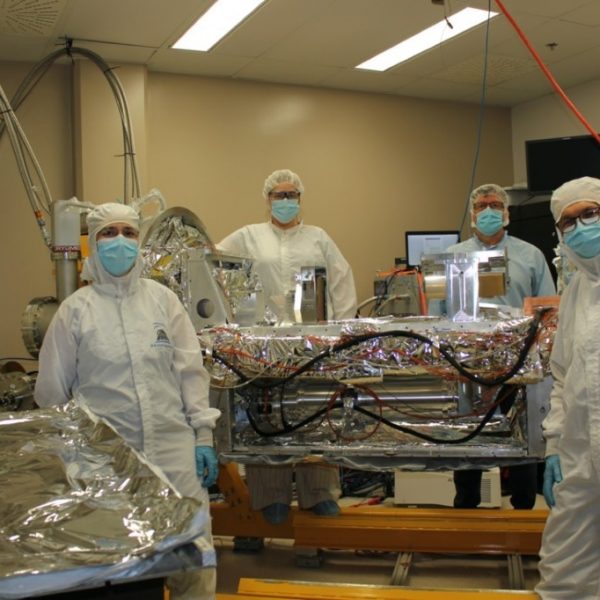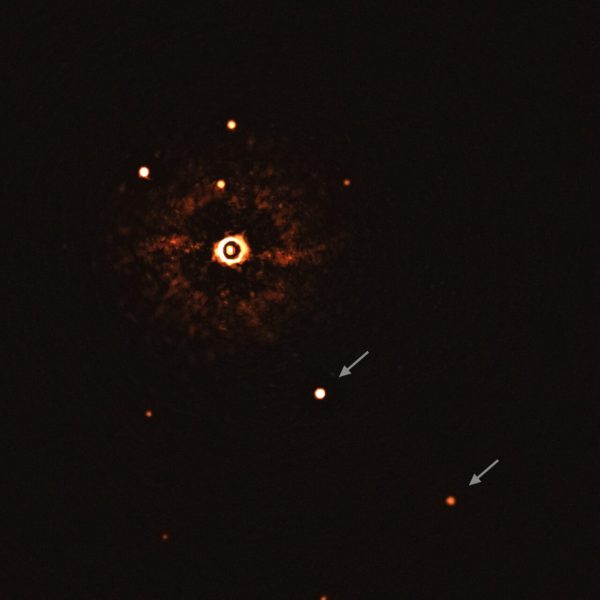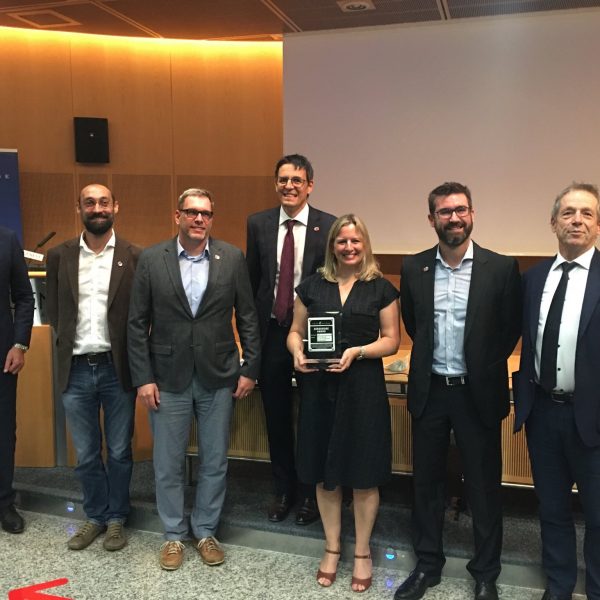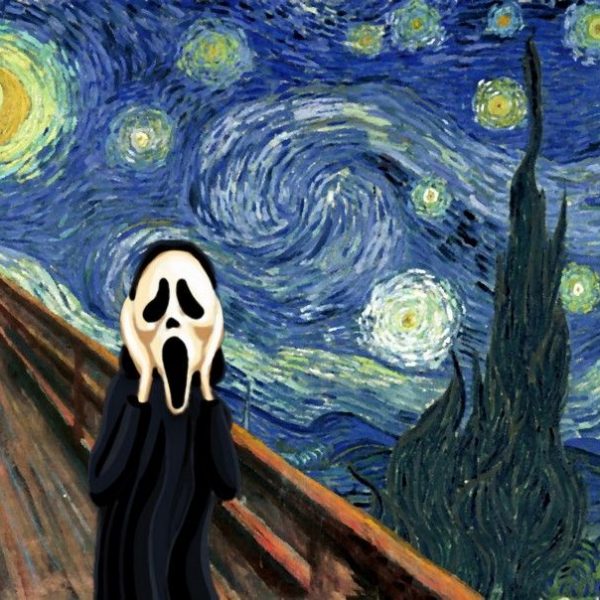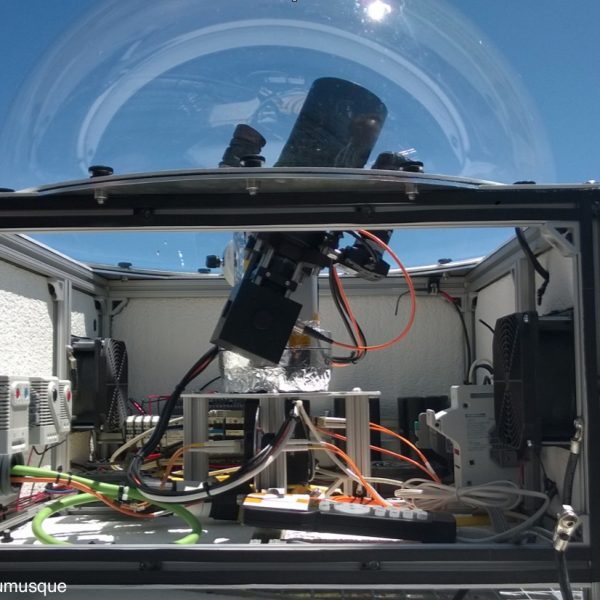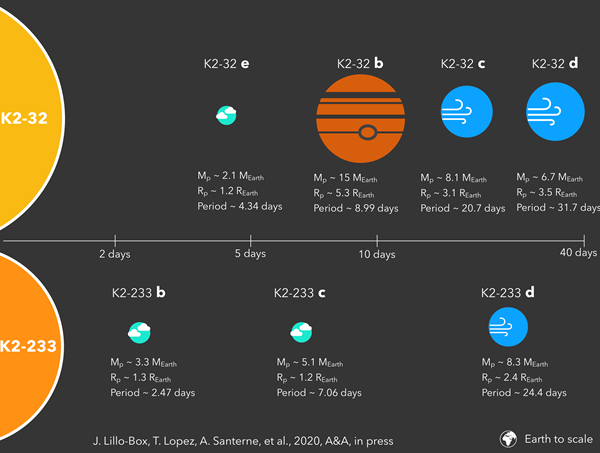Author Archive
The upside-down orbits of a multi-planetary system
Astronomers led by the UNIGE and members of NCCR PlanetS have discovered exoplanets that orbit in planes at 90 degrees from each other. When planets form, they usually continue their orbital evolution in the equatorial plane of their star. However, an international team, led by astronomers from the University of Geneva (UNIGE), Switzerland, has discovered […]
Continue ReadingNotice to future entrepreneurs
There are still a few places available for a workshop for potential future entrepreneurs which will take place in November in virtual form.
Continue Reading1 year of operations : Meet the CHEOPS science operations team
To ensure the smooth running of the CHEOPS mission once the satellite is in orbit, operations have been split in two parts : Science Operations in Switzerland with the Scientific Operations Centre (SOC) in Geneva and the Instrument Team in Bern, and the Mission Operations Centre (MOC) in Torrejón, Spain, which is in charge of communication […]
Continue ReadingCelebrating two decades of SPHERE challenges and achievements
Reaching new heights with 100 consortium publications including the early exoplanet demographics release. The SPHERE (Spectro-Polarimetric High-contrast Exo-planet REsearch) planet imager(1), currently installed and operating at the ESO Very Large Telescope in Chile, aims at imaging and characterizing giant exoplanets and planet-forming disks around stars close to the Sun. This project represents an incredible scientific, […]
Continue ReadingNIRPS spectrograph delivers its first images in Quebec
The NIRPS spectrograph optical components has been successfully integrated and aligned into its cryogenic vacuum chamber and delivered its first images in August in the Université Laval’s laboratory. This is an important step before the instrument being installed on the 3.6-m ESO telescope in La Silla, Chile and joining the well-known high-resolution spectrograph HARPS to […]
Continue ReadingFirst picture of a planetary system around a Sun-like star
Out of the 4300 exoplanets that have been detected to date, only a few dozen have been detected thanks to direct imaging, i.e. we have been able to physically see a planet around its star in an image. Indeed the star is so bright compared to the planets that it is necessary to use indirect […]
Continue ReadingAerosuisse Award for the CHEOPS team
The Aerosuisse 2020 Award was presented to the CHEOPS satellite team at the Aerosuisse Annual General Meeting held at Geneva Airport on September 11 to mark its 100th anniversary. The award recognizes the success of the first CHEOPS mission carried out in partnership between the European Space Agency (ESA) and Switzerland. Under the direction of […]
Continue ReadingArt and space
#InspiredByOtherWorlds, an “Art contest” for all launched by Europlanet This year and for the first time, the European congress dedicated to exoplanets (which took place in Geneva last year) will take place online, as a consequence of the health crisis. On this occasion the Europlanet society (#EPSC2020) invites schools and space enthusiasts of all ages […]
Continue ReadingThree years of HARPS-N solar data to help detecting “Earth 2.0”
In order to better characterize the noise introduced by stars when searching for new exoplanets, five years ago the HARPS-N spectrometer, mounted on the Telescopio Nationale Galileo, was equipped with a small dedicated solar telescope. The data acquired by this telescope during the first three years of observations – collected every five minutes on all […]
Continue ReadingThree Earth-like planets identified in two planetary systems
PlanetS astronomers associated with an international team have estimated the density of the planets in two planetary systems. Discovered by the Kepler satellite, K2-32 and K2-233 are planetary systems with 4 and 3 planets respectively. The diameters of the planets have been measured by Kepler thanks to the transit method which uses the obscuration of […]
Continue Reading
